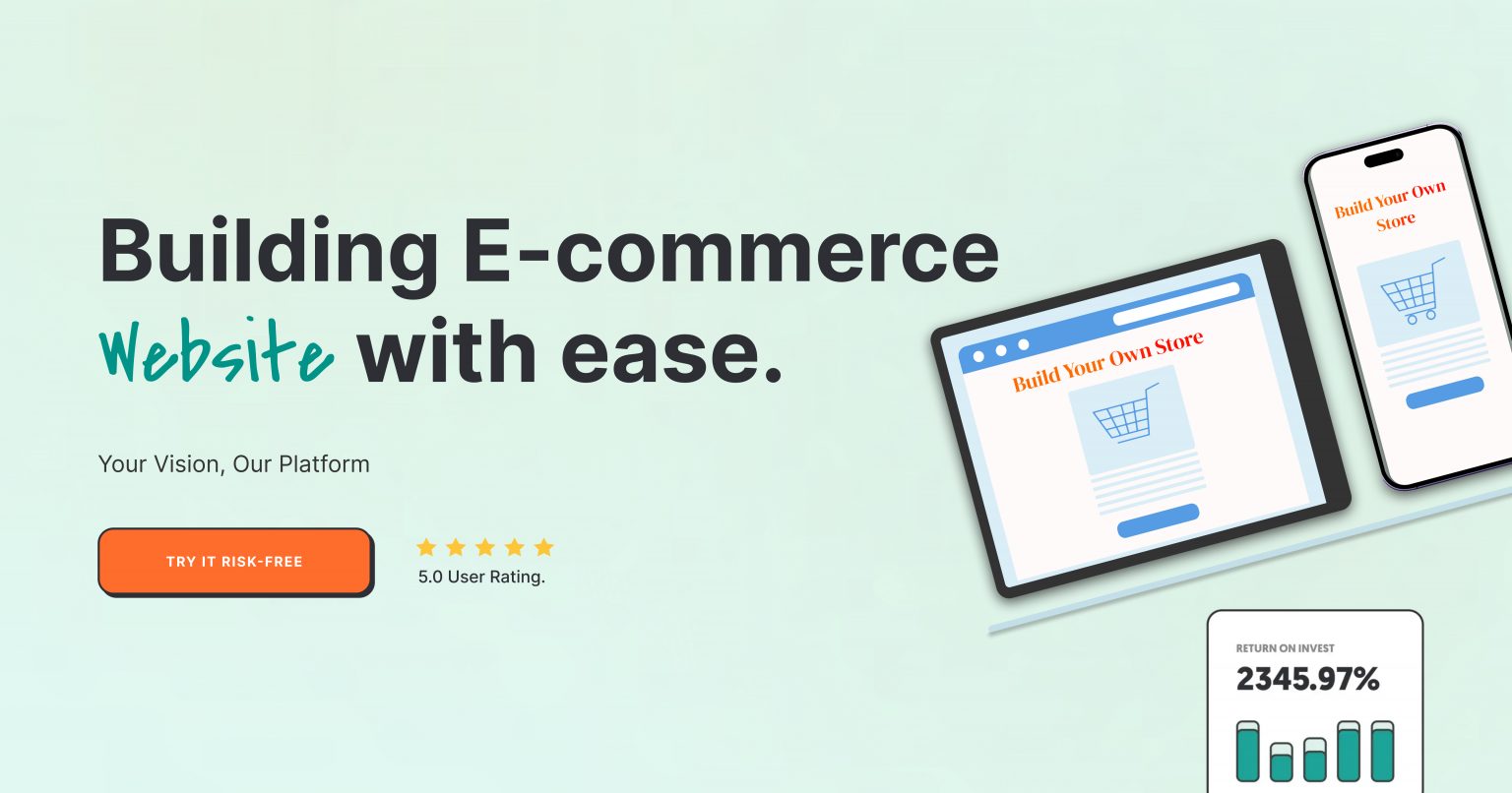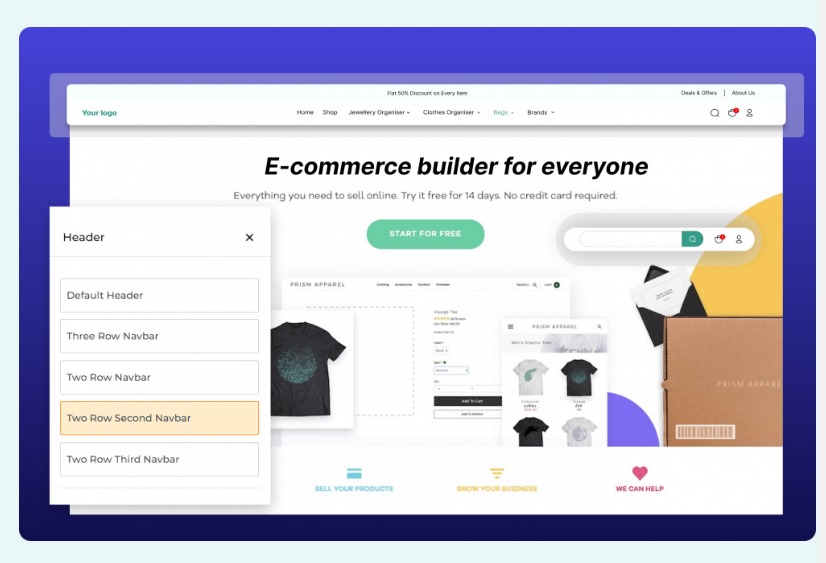In today’s digital world, having an eCommerce website is essential for any business to succeed. Whether you’re a small startup or a well-established company, an eCommerce website can greatly help your business grow. In this article, we’ll explore why you should start or improve your online store and how it can change your business for the better.
Why eCommerce is Important for Modern Businesses
1. Reaching More Customers
An eCommerce website lets you reach people all over the world. Unlike a physical store that is limited to one location, an online store can be accessed by anyone, anywhere, anytime.
2. Selling Beyond Local Limits
With an eCommerce website, you can sell to customers in different cities, states, or even countries. This gives you many new opportunities to make money.
3. Open All the Time
Your online store is open 24/7. Customers can shop whenever they want, even when you are sleeping. This can increase your sales and make your customers happier.
4. Saving Money
Running an eCommerce website is usually cheaper than having a physical store. Here’s how it can save you money:
Lower Costs
Without needing a physical space, you save on rent, utilities, and other expenses. You can use this money for marketing, improving your products, and better customer service.
Minimal Employees
An online store often needs fewer workers. With automated systems for inventory, order processing, and customer support, you can run your business with a smaller team.
5. Better Customer Experience
Making customers happy is key for any business. An eCommerce website has many tools to help you do this.
Personalized Shopping
You can use data to understand what your customers like. This lets you offer personalized recommendations, discounts, and promotions, making shopping more enjoyable for them.
Easy to Use
A good eCommerce website makes it easy for customers to find what they need. Features like advanced search, filters, and simple menus improve their experience.
6. More Marketing Opportunities
An eCommerce website gives you many ways to market your business and attract customers.
SEO Benefits
By making your website search engine-friendly, you can attract more visitors. This involves using the right keywords, creating good content, and making sure your site works well on mobile devices.
Social Media
Linking your eCommerce site with social media helps you reach more people. You can promote your products, interact with customers, and drive traffic to your site.
7. Useful Data and Analytics
An eCommerce website gives you a lot of information about your customers and their shopping habits.
Understanding Customers
Tools like Google Analytics show you how visitors use your site. This helps you see what works and what doesn’t, so you can make better decisions.
Managing Inventory
Automated systems keep track of your stock in real-time. This reduces the risk of running out of products and ensures you always have what your customers need.
8. Growing with Your Business
An eCommerce website can grow as your business grows. Whether you add new products or expand into new markets, an online store can handle it.
Easy Updates
Adding new products or updating existing ones is quick and easy with an eCommerce platform. You don’t need extra physical space to expand your product line.
Integration
eCommerce platforms can work with other tools like accounting software, CRM systems, and email marketing services. This makes your operations smoother and more efficient.
9. Staying Competitive
Having an eCommerce website gives you an edge over businesses that don’t have an online presence.
Keeping Up
As more people prefer shopping online, having an eCommerce site helps you meet this demand and stay ahead of competitors with only physical stores.
Adapting Quickly
An eCommerce website allows you to quickly respond to market changes. You can test new products, adjust prices, and launch marketing campaigns easily.
Conclusion
In conclusion, having an eCommerce website offers many benefits for your business. From reaching a global audience and saving costs to improving customer experience and using data to your advantage, an online store can take your business to new levels. If you haven’t started with eCommerce yet, now is the perfect time. Embrace the opportunities it offers and watch your business grow.
FAQs
Q1: How much does it cost to set up an eCommerce website?
A1: The cost can vary widely depending on the platform, the complexity of your site, and any extra features you need. There are options for every budget, from affordable DIY solutions to custom-built websites.
Q2: What are the essential features of an eCommerce website?
A2: Key features include a user-friendly interface, secure payment options, mobile responsiveness, product management, and SEO optimization. Features like customer reviews, personalized recommendations, and social media integration also enhance the user experience.
Q3: Can I run an eCommerce website alongside my physical store?
A3: Absolutely! Many businesses operate both an online store and a physical location. This helps you reach a broader audience and provide a seamless shopping experience.
Q4: How can I drive traffic to my eCommerce website?
A4: You can drive traffic through SEO, social media marketing, email marketing, pay-per-click advertising, and content marketing. Using a mix of these strategies can help you attract and retain customers.
Q5: Is it safe to conduct transactions on an eCommerce website?
A5: Yes, as long as your website uses secure payment gateways and follows best practices for data protection. Ensure your site is PCI compliant and uses SSL certificates to encrypt data.








